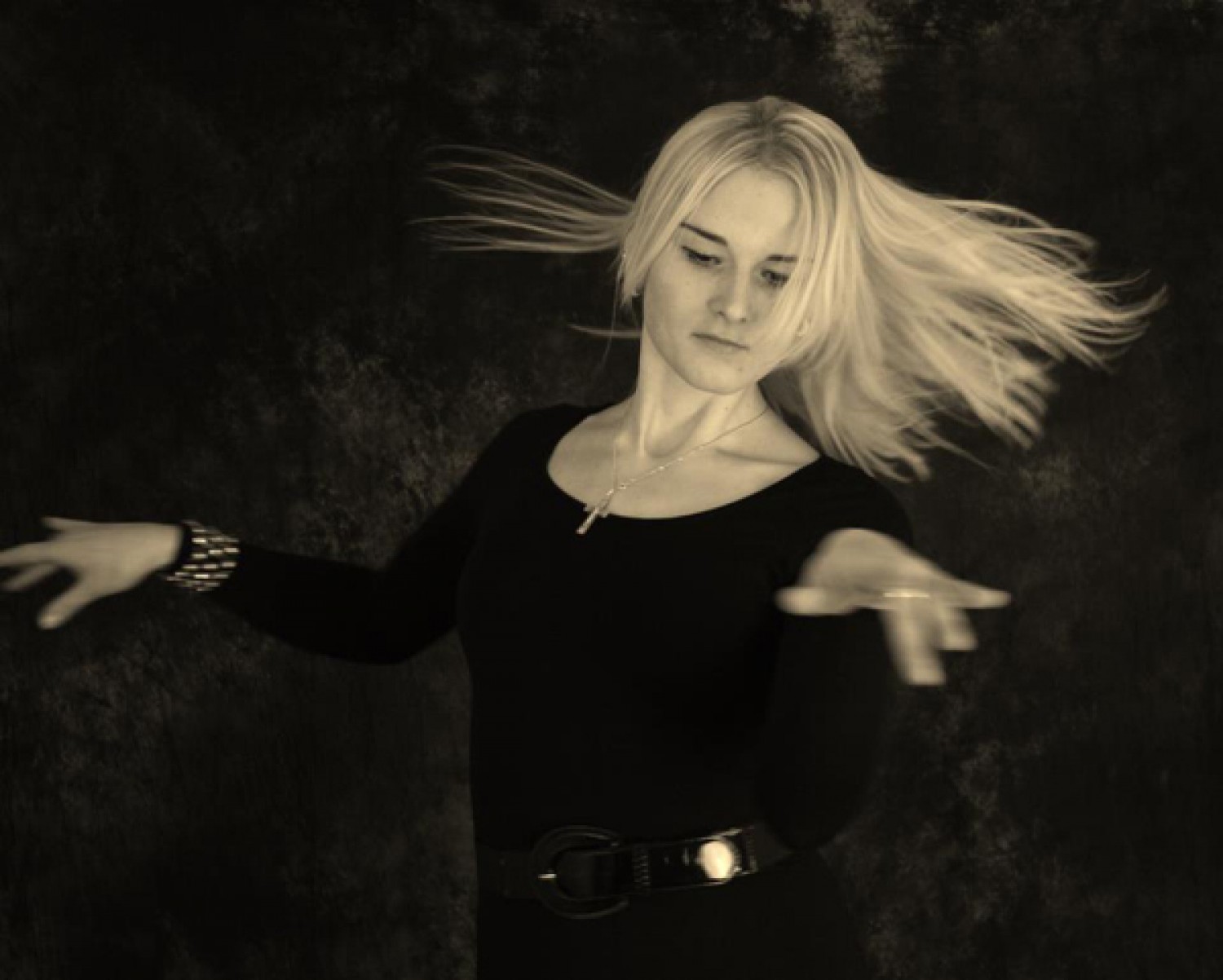How to Make Your Own Dance Patterns, Part 2

A few weeks ago, we discussed how we could rework our tired syllabus steps into something fresh, by breaking them down into their smaller elements and substituting new ones, changing the speed, or repeating them. Now, we are ready to substitute elements from other dances.
While each ballroom dance style was created at a different time in history, all the styles were eventually standardized under the American or International syllabus. Which means the steps they use are not as different from each other as you might think.
Take American rumba, samba and waltz for example. They all use many of the same patterns (box, 5th position, open break UAT), but they adjust the character of the step to make it fit the feel of the dance. A waltz is romantic and flows, a samba is festive and sexy, and a rumba is sensual and romantic.
It is the character, not the patterns, that make a dance a dance. As you get more familiar with where and when different elements work best, you can mix and match them without worrying about what dance they come from – so long as they match the feel of what you are creating now.
Here’s some examples to practice:
- Dance a rumba crossbody lead as a slow waltz.
- Dance a waltz balance step as a foxtrot (each step is a ‘slow’ except for the 5th positions, which can be SQQ)
- Dance a foxtrot twinkle (any one) as a tango (with SQQ timing).
- Dance a tango contra rocks as a salsa.
- Dance a salsa ‘lady’s back breaks with underarm turn’ as a Viennese waltz (add a 5th position at the end to regain closed position).
- Dance a Viennese waltz hand-to-hand as a samba.
- Dance samba walks as an East coast swing (replace the 5th positions with a back step, and alternate the leading leg with each triple step).
- Dance an East coast swing throwout as a cha cha (end with a progressive basic after the first chaise).
- Dance a cha cha butterfly as a rumba (remove the chaise, start with a crossover break).
All the above patterns are beginner and intermediate bronze steps in the American syllabus, so they are relatively easy to learn.
3 Final Rules (Important!)
As you experiment with combining and altering different elements, don’t lose sight of the goal: to have a fun and expressive dance with your partner. These three rules will help you do that.
Rule one: Always stay true to the character of the dance.
Rule two: Always dance at a level your partner is comfortable with.
Rule three: Only use elements that flow naturally into each other.
Remember these three rules, and you will soon start to be praised for being a uniquely creative and fun partner to dance with. Happy experimenting!
About the Author
Ian Crewe has been dancing ballroom for over 18 years, and has a Licentiate in American smooth and rhythm. His passion for dance eventually led him to blogging and the World Wide Web. Ian currently teaches at the Joy of Dance Centre, Toronto, ON, Canada.

